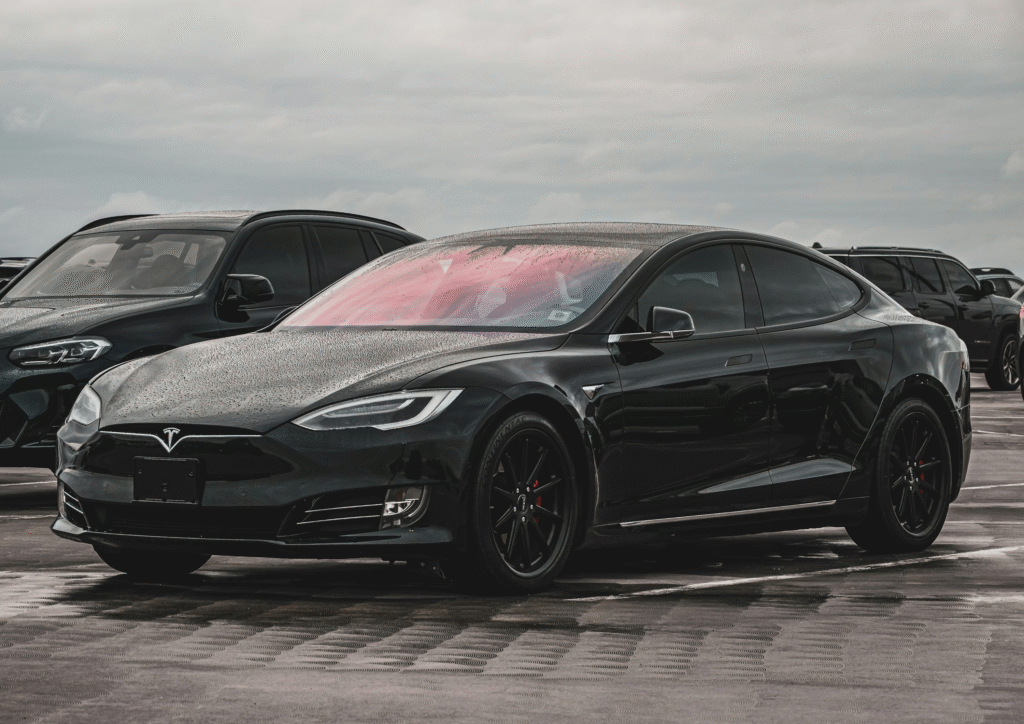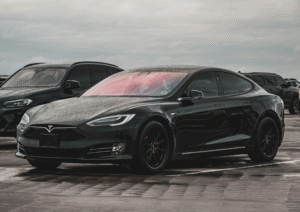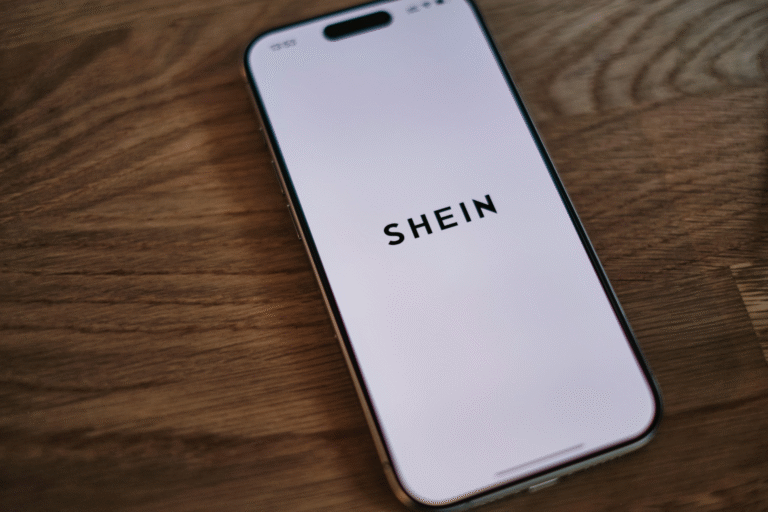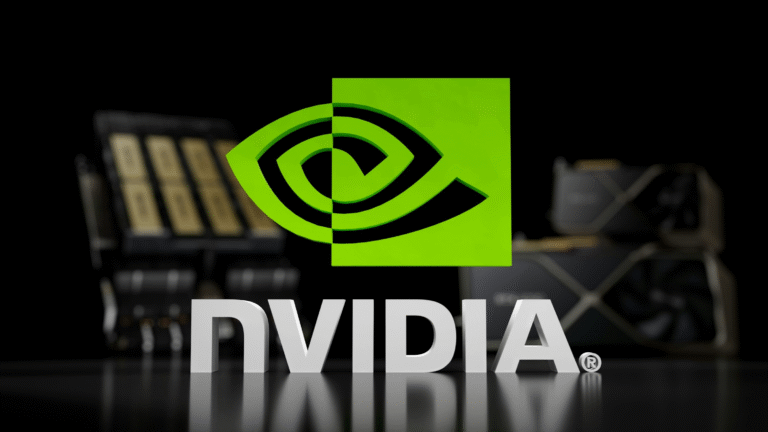Tesla shareholders have cast one of the most important and widely watched votes in the company’s history, approving a huge, long-term, performance-based pay package for Elon Musk. The idea, which has been called “the plan that could be worth almost a trillion dollars,” has brought up old discussions about corporate ambition, investor faith, and the uncertain link between risk and innovation. The vote also came at a bad time for Tesla, which is facing tough competition in the electric vehicle market, arguments about self-driving cars, and the need to show that its big ideas can lead to real outcomes.
When the results of the vote came out, about three-quarters of the shareholders who took part had backed the package. Many people saw this as not simply validation of a wage system, but also a stronger endorsement of Musk’s way of leading. Tesla investors have been willing to deal with ups and downs in the stock market in exchange for the promise of game-changing technology for a long time. They showed that willingness again when they put money on a pay system that was based exclusively on performance milestones. Some of these milestones are big increases in the value of the company, steady rise in electric vehicle sales, and real progress in fields like robotics and self-driving cars. For some people who have been following Tesla for a long time, this seemed like a familiar pattern: Musk setting goals that are so crazy that they are almost impossible, and investors choosing to think that they can reach that edge.
From the company’s point of view, the board members saw the decision as a vote of confidence in Musk‘s vision and Tesla’s long-term plan. The board stressed that tying pay to performance holds people accountable and keeps management focused on goals that could change the company’s essential identity. A lot of Tesla’s recent story is about going much beyond the automobile sector and into areas where transportation, software, and AI come together. Investors made it clear with this vote that they want Musk to stay in charge of that path.

For many retail stockholders who have been with Tesla through its ups and downs, there was also a quieter emotional side. Many modest investors have told stories over the years about how the company’s triumphs made them trust in the power of ambitious engineering or gave them confidence when they first started investing. That attachment is both pecuniary and philosophical. Some people thought that agreeing to the salary package was a way to strengthen a long-standing cooperation with the leader who has shaped Tesla’s brand since the beginning. Even sceptics agree that hardly many business leaders have ever been able to shift markets or mould the public’s imagination like Musk can.
Of course, not everyone agreed with the approval. A lot of pension funds and governance groups were against it, mostly because the package is still very big, even for the tech industry. They were worried about the cultural implications that executive pay sends and the concentration of power that it would reinforce. They think that linking pay to big, long-term goals doesn’t get rid of risk; it just moves it further into the future. Some others said that Tesla would be better off with a plan for changing leaders or a shared executive structure than with putting all their eggs in one basket. Even though they didn’t win the majority, their disagreement keeps the debate going, especially among people who look at the company from a corporate governance point of view rather than a technology promise point of view.
Market experts have been careful yet realistic in how they have read the data. Many people think that the approval takes away some of the uncertainty, which usually helps the stock stay stable in the short run. Competitors are putting more effort into electric transportation, battery technology, and autonomous systems, so Tesla needs to show that it can not only see the future but also make it happen. Analysts point out that the pay package only becomes available if the firm fulfils its goals, and those goals are still very high. Tesla can’t just rely on its brand strength or the excitement of its shareholders. It needs to show steady growth in sales, keep up with global EV trends, and make real progress in robotics and self-driving technology. If Tesla were to reach even a few of these goals, it would change not only its own future but also the future of many other businesses that are linked to transportation and automation.
When people talk about the decision, one thing that strikes out is how much investors seem to be putting long-term strategy ahead of short-term market behaviour. Before the vote, Tesla’s stock was very volatile, and it fell again following the decision. But the deeper story that was happening below the movement took control. Many investors know that when they invest in a firm with long-term goals, they have to deal with short-term ups and downs. Tesla’s identity has never been based on little, gradual changes. It feeds on aggressive advancement and the concept that technology can change a lot when people refuse to accept the status quo.
But the path ahead won’t be simple. Automakers in China, Europe, and the United States are giving the industry a lot of competition. In almost every major market, the rules for self-driving cars are still highly difficult. One of Musk’s main interests is robotics, but it needs to make big strides in both safety and productivity before it can change the way businesses work. To fulfil the plan’s deadlines, you will need to be consistent, strong, and able to change. Tesla has done this previously, but doing it again on a bigger scale will require discipline and stability in all areas of the company, including engineering, manufacturing, and operations.
But the vote by investors has made Tesla’s next ten years quite apparent. Musk is still the principal architect, and he is now more formally tied to the success of the corporation he helped build. Supporters say that this clarity will motivate the workers, bring in new technical talent, and calm partners and suppliers that depend on Tesla’s long-term stability. Even people who don’t believe in it agree that the structure makes leaders responsible in a way that ties their compensation to the results for shareholders.
The bundle has sparked a combination of interest and doubt in the public conversation. People are interested in the size of the numbers and the seriousness of the aims. Many people are also curious about what this decision says about how modern businesses value leadership and vision. Is it smart to put so much of a company’s future in the hands of one person, even if that person is Musk? Or is this how invention really happens, with a lot of responsibility and a lot of ambition?
As Tesla moves forward, the future chapters will depend on what happens, not what people think will happen. If the corporation wants to justify the high pay that comes with those accomplishments, it needs to show measurable progress in growth, independence, and robotics. The investors have spoken, but the narrative isn’t over yet. The approval sets the stage, but the performance will determine how people remember this time in history.












